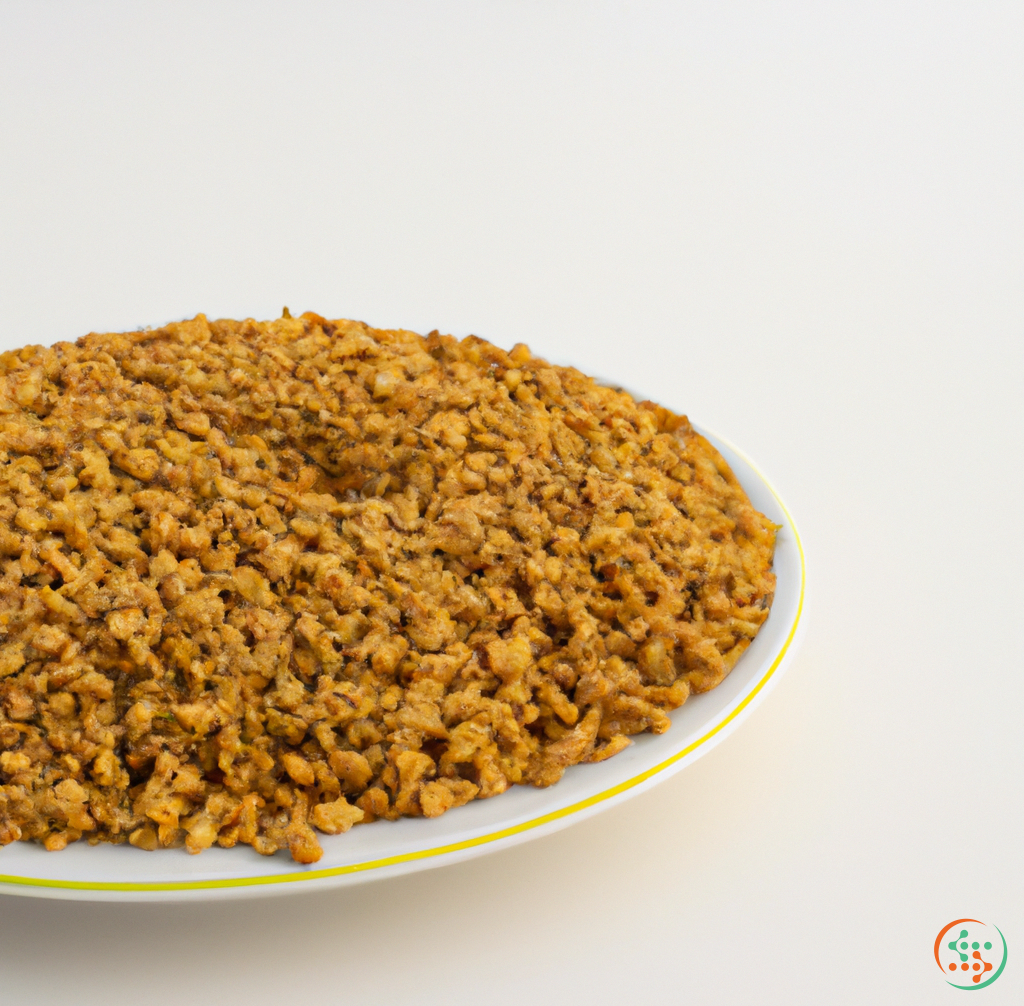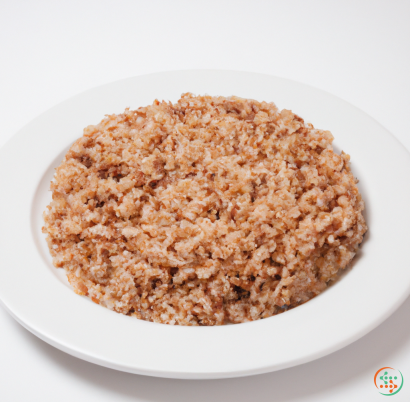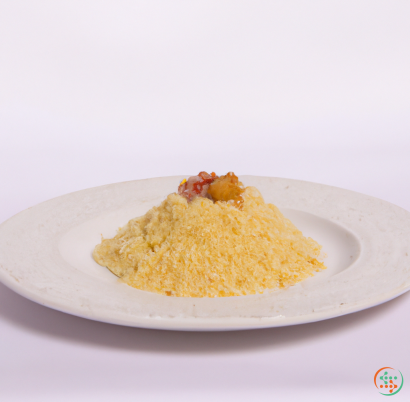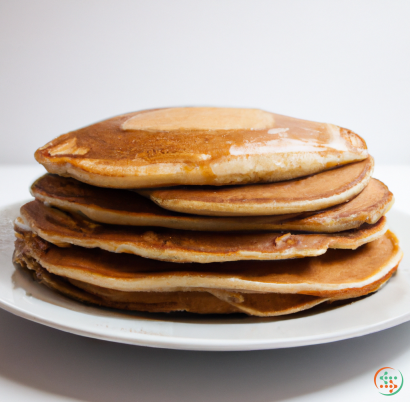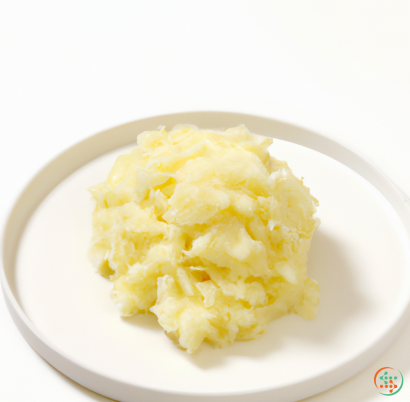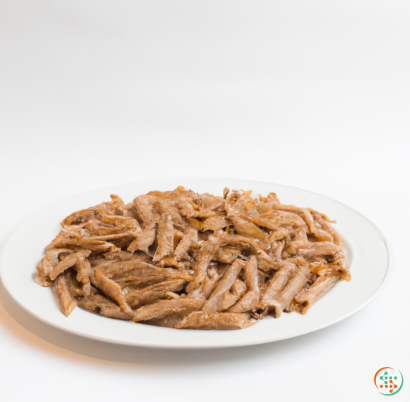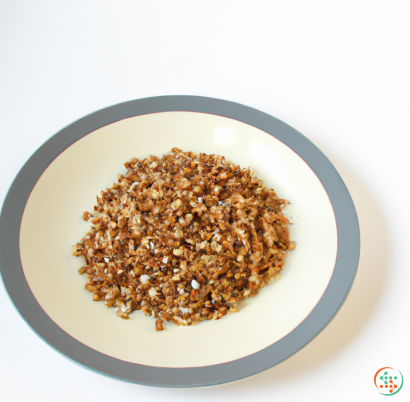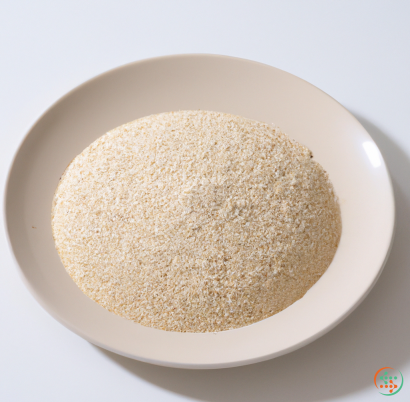Fenugreek Seed
, how to use it in cooking, and how to grow it.
Fenugreek, Trigonella foenum-graecum, is an annual herb and member of the Fabaceae family. It has long been treasured for its culinary, medicinal and aromatic properties. The aromatic, somewhat bitter, taste of its seed and leaves is often used to season Indian and Middle Eastern dishes. Its cultivation is believed to have originated in the Near East, and it is still widely cultivated in India, Pakistan, Egypt and neighboring countries.
Fenugreek is a remarkable plant – both for its culinary and its medicinal properties. Curiously, it is the only plant known to contain significant amounts of galactomannan, a type of dietary fiber that is beneficial in intestinal health. The aromatics in its seed make it a favorite in Indian and Middle Eastern culinary applications. It has also been used for centuries in Ayurvedic medicine as a remedy for digestive issues and menopausal symptoms.
Fenugreek seeds are small, yellowish-brown and strongly aromatic. When cooked, they can have a nutty and nutmeg-like flavor with a hint of bitterness. Most commonly, they are ground into a powder and used in curries and other Indian or Middle Eastern dishes. In Morocco, fenugreek is used to season vegetable and meat stews, soups and even as an ingredient in bread. In Ethiopia, it is an ingredient in berbere, the country’s national spice blend used for virtually every type of dish.
You can find whole fenugreek seeds at health food stores, Indian grocery stores, and some specialty food markets. The seed can be used both freshly ground in dishes or toasted and added afterwards. If you decide to wait until you’re using the seed before grinding, the results will be tastier, more pungent and nuttier.
Fenugreek has also been used traditionally to make tea. It is purported to help reduce inflammation, regulate blood sugar levels and relieve digestive issues. Simply pour a cup of boiling water over 1 teaspoon of fenugreek seeds, cover and steep for 15 minutes. This tea can be either sweetened or enjoyed plain.
To grow fenugreek, start by direct seeding the seeds directly in the garden in the late spring or early summer when the soil warms. The plants prefer full sun and well-drained soil, and will reach a height of 2-3 feet. Once the plants are established, you can begin harvesting the leaves when they are about 6 inches in length. For the seeds, wait until the seed pods begin to dry and turn golden brown in color. At this stage, the seeds should be plump and begin to easily drop from the pods. Leaving the pods on the plant will allow them to fully ripen. Gently remove the seed pods from the plant and separate the seeds from the chaff. The seeds should be stored in a cool, dry place for up to 4 months.
When it comes to fenugreek, the sky is the limit. Not only is it tasty when added to curries and other dishes, but its purported medicinal and healing properties make it an intriguing plant indeed. Try grinding the seed with ginger, garlic and chili powder to make a fragrant spice mix that can be used in a variety of recipes. For added health benefits, make a cup of tea from fenugreek seeds and feel the refreshing, warming effects. And don’t forget to try your hand at growing it – it’s easy and rewarding!
Fenugreek, often referred to as “methi” in India, is an aromatic, slightly bitter-tasting herb that has been used for centuries in Southeast Asia for its numerous culinary, medical, and cosmetic properties. Fenugreek is widely used in European, North African, and Middle Eastern countries for its flavor, including for its use in curry powders, as well as for its health benefits. But, how does this nutritious and useful plant actually get from the ground to our kitchen table?
This blog post focuses on the scientific journey of the fenugreek seed from seed creation to making it to our dinner plate.
A Primer on Fenugreek
Fenugreek (Trigonella foenum-graecum) is an annual herb that grows wild throughout regions of the Indian subcontinent and the Middle East and is widely cultivated in South India, the Mediterranean, and parts of other Asian countries. It is also grown as a fodder crop. The plant has simple trifoliate leaves and yellow flowers that giving way to reddish-brown, twisted and wrinkled seedpods containing 10-20 small seeds.
The seeds have a sweet, nutty, maple-like flavor and are used for both culinary and medicinal purposes. In India, it is used to flavor curries and pickles, while in Europe and the Middle East, it is an ingredient in many dishes. It is also used as a spice and a thickening agent in many recipes, such as in Middle Eastern sauces, soups, stews, as well as vegetarian dishes. Fenugreek is also regarded as having numerous medicinal properties, which is why it is regularly included in Ayurvedic medicines, cosmetics, and supplements.
Growth and Harvesting
Fenugreek needs a sunny and warm climate for proper germination and growth. It requires fertile, well-drained soils, with a soil pH in the range of 6.5 to 7.5. It is typically sown directly into the soil, during the summer months when the temperature is between 15°C to 25°C. Germination typically occurs within 4-5 days and the crop is ready to harvest within 60-90 days, depending on the climatic conditions.
Once the crop is mature, the plant will turn yellow and dry out, indicating that it is ready to be harvested. The crop is usually harvested by hand, by cutting off the stems and pods. During harvesting, care should be taken to avoid damaging the pods, as this will reduce the number of seeds harvested. Once the crop has been harvested, the seeds can be extracted from the pods manually or by using a mechanical machine.
Processing and Packaging
Once the fenugreek seed has been harvested, it must go through several processing steps before it is ready to be packaged and sent to the store.
The seeds are first cleaned to remove dirt, dust, and other impurities. This can be done either manually, by passing the seeds through a series of sieves, or mechanically, by passing the seeds through a machine that uses air and vibration to clean the seeds.
After cleaning, the seeds are dried, either in the sun or using a dehydrator. The seeds must be dried until they reach 10-12% moisture content, which allows them to be stored longer without degrading.
Once the seeds are dried, they can be sorted according to size and shape, and any impurities or damaged seeds can be removed. Additionally, the seeds can be ground into a powder or further processed by soaking, sprouting, or toasting.
Finally, the processed seeds are packaged and labeled according to their origin and quality, before being shipped off to stores and supermarkets.
Making it to the Dinner Plate
When the fenugreek seeds reach the store, consumers can purchase them for use in both cooking and medicinal purposes.
The seeds can be used in cooking in a variety of ways, such as grinding them into a powder for use in curry dishes, soups, stews, and vegetarian dishes. They can also be steeped in boiling water or added to salads or egg dishes. Additionally, the seeds can also be sprouted, which increases their nutritional content.
In addition to its culinary applications, fenugreek seeds have long been used as a folk remedy due to their high concentrations of vitamins, minerals, and antioxidants. They are known to be beneficial for digestive health and blood sugar regulation, as well as help reduce inflammation.
Fenugreek seeds can also be used in cosmetics and skincare, as their anti-inflammatory properties can help soothe skin irritations and reduce redness.
Conclusion
As you can see, from seed creation to the dinner plate it takes quite a journey for this nutritious and very useful plant to hit our dinner tables. From sowing, harvesting and processing the seeds to using them in cooking and medicinal purposes, fenugreek seeds are becoming increasingly popular as both a culinary and medicinal ingredient. Not only are they packed full of vitamins, minerals, and antioxidants, but they offer a unique taste that pairs well with many dishes. Additionally, by using them in cosmetics and skincare, they can help soothe skin irritations and reduce redness. All of this combines to make the fenugreek seed a valuable and popular addition to any pantry.
| Vitamin A | 0.003 mg | |
| Vitamin C | 0.003 grams | |
| Vitamin B1 | 0.32 mg | |
| Vitamin B2 | 0.37 mg | |
| Vitamin B3 | 0.00164 grams | |
| Vitamin B6 | 0.6 mg | |
| Vitamin B9 | 0.057 mg |
| Calcium | 0.176 grams |
Daily Value 1.3 g
|
| Iron | 0.03353 grams |
Daily Value 0.018 g
|
| Magnesium | 0.191 grams |
Daily Value 0.4 g
|
| Phosphorus | 0.296 grams |
Daily Value 1.25 g
|
| Potassium | 0.77 grams |
Daily Value 4.7 g
|
| Sodium | 0.067 grams |
Daily Value 2.3 g
|
| Zinc | 0.0025 grams |
Daily Value 0.011 g
|
| Copper | 0.00111 grams |
Daily Value 0.9 mg
|
| Manganese | 0.00123 grams |
Daily Value 0.0023 g
|
| Selenium | 0.0063 mg |
Daily Value 0.055 mg
|
| Tryptophan | 0.391 grams | |
| Threonine | 0.898 grams | |
| Isoleucine | 1.241 grams | |
| Leucine | 1.757 grams | |
| Lysine | 1.684 grams | |
| Methionine | 0.338 grams | |
| Cystine | 0.369 grams | |
| Phenylalanine | 1.089 grams | |
| Tyrosine | 0.764 grams | |
| Valine | 1.102 grams | |
| Arginine | 2.465 grams | |
| Histidine | 0.668 grams | |
| Alanine | 1.02 grams | |
| Aspartic Acid | 2.708 grams | |
| Glutamic Acid | 3.988 grams | |
| Glycine | 1.306 grams | |
| Proline | 1.198 grams | |
| Serine | 1.215 grams |
| Total Sugars | 0.131141 grams |
per 100g
|
| Phytosterols | 0.14 grams |
|
| Total Sterols: | 0.14 g | |
